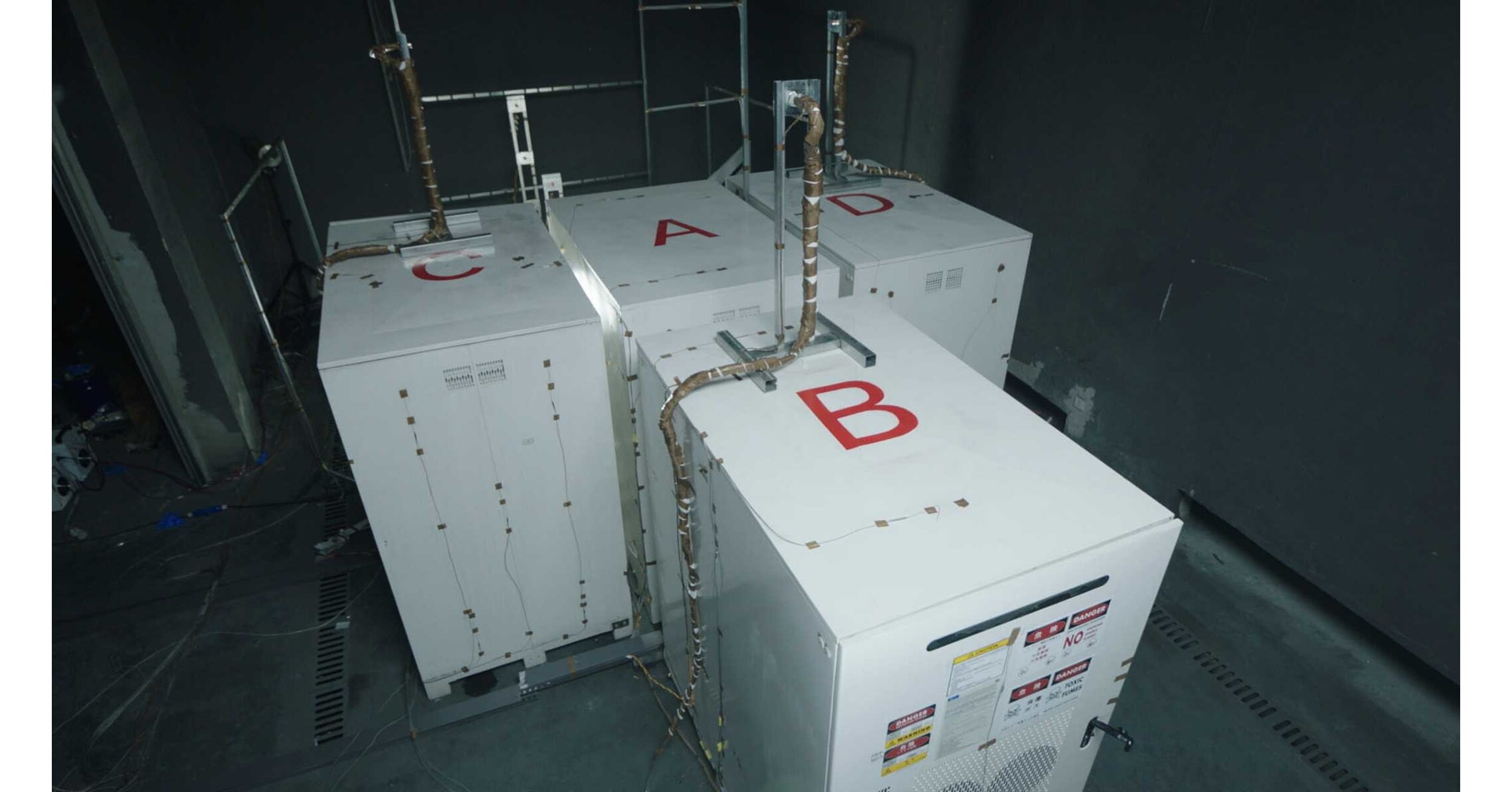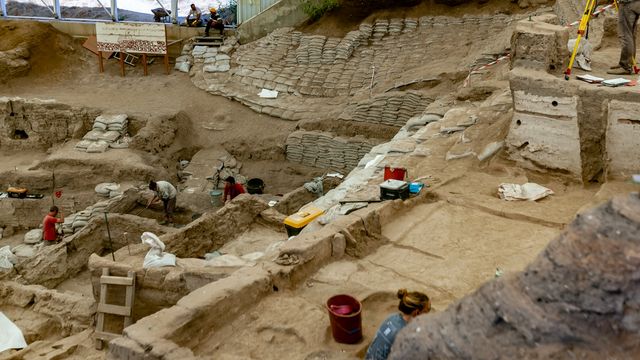A new mesoporous polymer combines optical transparency higher than glass with thermal conductivity lower than air. The material, which is easily made at the square-metre scale and should last decades, could be used to make insulating windows for…
NASA’s James Webb Space Telescope has found the strongest evidence yet that a small, rocky planet outside our solar system has air, even though it orbits precariously close to its…







